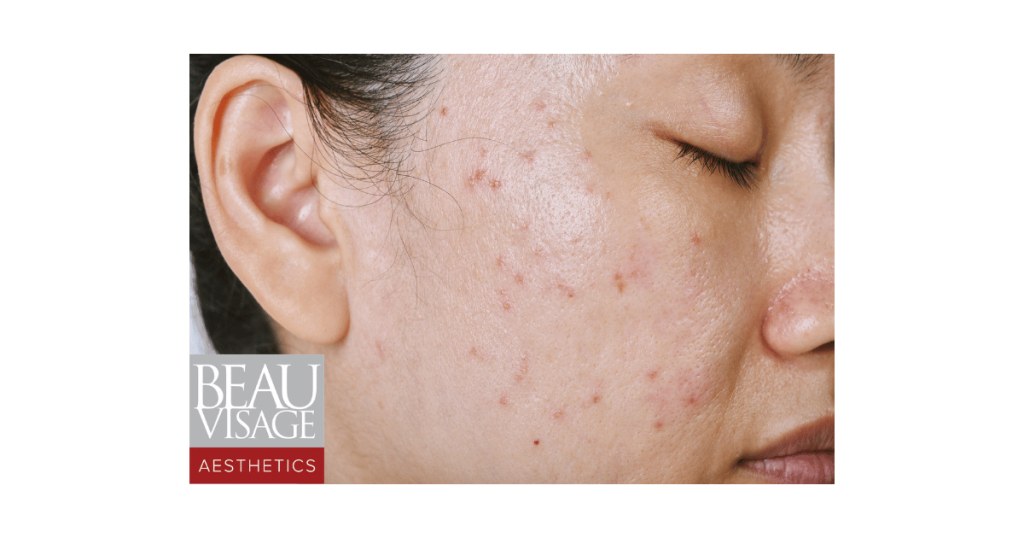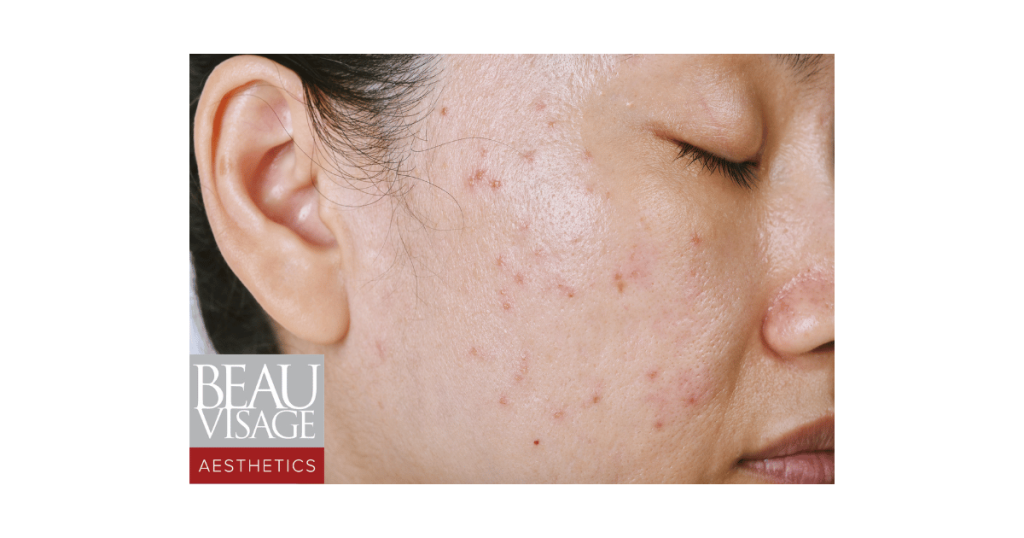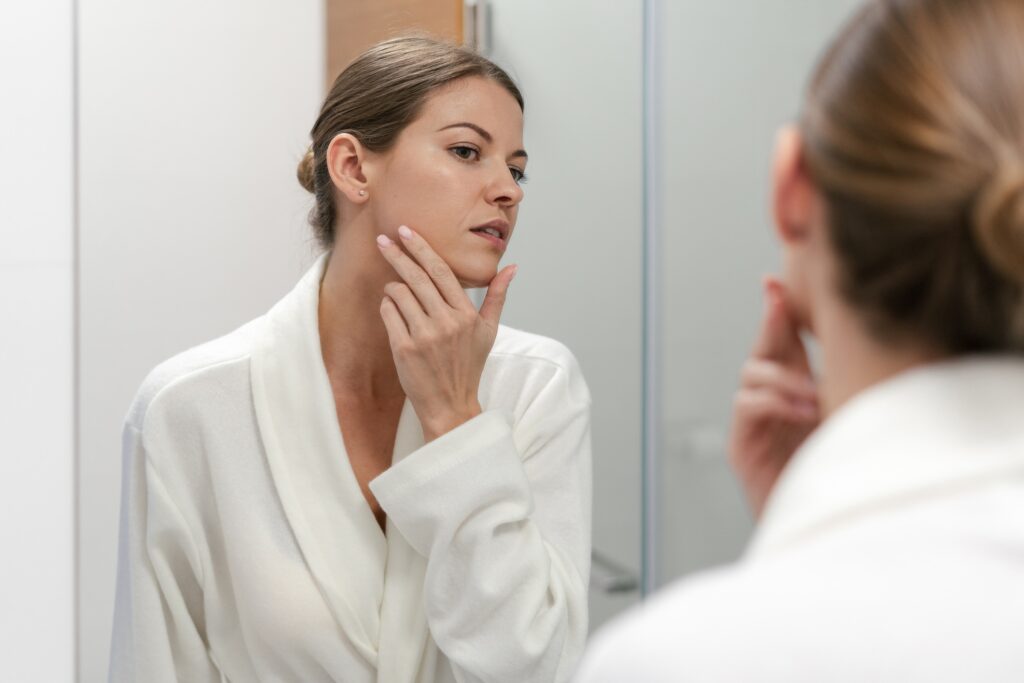
Introduction
Hormonal acne in adults is a common skin concern that affects millions worldwide. While many associate acne with teenagers, adults often experience breakouts caused by hormonal imbalances. These stubborn blemishes can affect your confidence and feel frustrating to manage. But understanding the root causes of hormonal acne in adults is the first step toward effective treatment.
In this article, we’ll explore what hormonal acne is, its common triggers, and actionable ways to address it. Whether you’re dealing with mild or severe cases, there’s hope for clearer skin!
What is Adult Hormonal Acne?
Hormonal acne occurs when fluctuations in hormones lead to overproduction of oil (sebum) in the skin. This excess oil, combined with dead skin cells, clogs pores and creates an environment for acne-causing bacteria to thrive. While hormonal acne can occur at any age, it is most common in women aged 20 to 40.
Key Causes of Hormonal Acne in Adults
1. Hormonal Fluctuations
The primary driver of hormonal acne is, unsurprisingly, hormones. Changes in hormone levels can stimulate the sebaceous glands, causing them to produce more oil. Specific hormonal triggers include:
- Menstrual Cycle: Many women notice acne flare-ups a week or so before their period. This is due to increased progesterone and a dip in estrogen, which can lead to excess sebum production.
- Pregnancy: Hormonal shifts during pregnancy can also contribute to breakouts, particularly during the first trimester.
- Menopause: Hormonal changes during perimenopause and menopause, particularly declining estrogen and fluctuating androgen levels, can lead to adult-onset acne.
2. Androgens and Excess Oil Production
Androgens, a group of male hormones like testosterone, play a significant role in hormonal acne. In adults, even slight increases in androgen levels can overstimulate oil glands, resulting in clogged pores and inflammation. Women with conditions like polycystic ovary syndrome (PCOS) are particularly susceptible to androgen-driven acne.
3. Stress and Cortisol
Stress is another common trigger for hormonal acne in adults. When you’re stressed, your body produces more cortisol, the “stress hormone.” Elevated cortisol levels can disrupt other hormones, leading to increased oil production and acne breakouts. Chronic stress often exacerbates these effects, creating a vicious cycle of stress and skin issues.
4. Diet and Blood Sugar Levels
Certain foods can indirectly affect hormone levels and lead to breakouts. Foods high on the glycemic index (like white bread, sugary snacks, and sodas) can spike blood sugar levels. This causes the body to produce more insulin, which in turn can stimulate androgen activity and lead to acne.
Dairy products have also been linked to hormonal acne. Milk contains hormones that can interfere with your body’s natural hormonal balance, potentially triggering breakouts.
5. Inflammatory Response
Inflammation in the body can worsen acne. Hormonal imbalances often lead to increased skin sensitivity and inflammatory responses, making breakouts more severe. Chronic inflammation from poor lifestyle choices, pollution, or stress can aggravate hormonal acne.
6. Skincare Products and Habits
Using the wrong skincare products can exacerbate hormonal acne. Heavy, oil-based products can clog pores, while harsh cleansers and over-exfoliation can strip the skin of natural oils, prompting it to produce even more oil. It’s essential to choose non-comedogenic, gentle skincare products designed for acne-prone skin.
How to Manage Adult Hormonal Acne
1. Establish a Hormone-Friendly Skincare Routine
A consistent skincare routine tailored to acne-prone skin can work wonders. Key steps include:
- Cleansing: Use a gentle cleanser with salicylic acid to remove excess oil and unclog pores.
- Moisturizing: Choose an oil-free, non-comedogenic moisturizer to keep skin hydrated without clogging pores.
- Spot Treatments: Products with benzoyl peroxide or tea tree oil can reduce inflammation and kill acne-causing bacteria.
2. Address Underlying Hormonal Imbalances
If hormonal imbalances are severe, consider consulting a healthcare provider. They may recommend:
- Oral Contraceptives: Birth control pills can help regulate hormone levels and reduce acne in women.
- Anti-Androgen Medications: Spironolactone is a prescription medication that blocks androgen activity, reducing oil production and breakouts.
- Hormone Testing: For persistent or severe cases, hormone testing can identify specific imbalances that need to be addressed.
3. Manage Stress Effectively
Lowering stress levels can have a significant impact on hormonal acne. Try incorporating:
- Mindfulness Practices: Yoga, meditation, or deep-breathing exercises.
- Regular Exercise: Physical activity can help regulate hormones and reduce stress.
- Adequate Sleep: Aim for 7-9 hours of quality sleep each night to allow your body to recover.
4. Adjust Your Diet
Dietary changes can help minimize hormonal acne. Consider:
- Low-Glycemic Foods: Choose whole grains, fruits, and vegetables over refined carbohydrates.
- Omega-3 Fatty Acids: Found in fish, walnuts, and flaxseeds, omega-3s can reduce inflammation.
- Avoid Dairy: Experiment with dairy-free alternatives like almond or oat milk to see if your acne improves.
5. Explore Professional Treatments
For stubborn or severe hormonal acne, professional treatments can make a difference:
- Chemical Peels: These treatments exfoliate the skin, unclog pores, and reduce inflammation.
- Laser Therapy: Laser treatments can target acne-causing bacteria and improve skin texture.
- IPL: IPL Treatments can target the bacteria causing acne and improve oil production
- Red Light Therapy: Red light Therapy can reduce inflammation, regulate oil production, and promote healing by stimulating cellular repair.
- Consult a Physician: A physician can recommend prescription medications or other interventions for long-term management.
Frequently Asked Questions (FAQs)
1. Can men get hormonal acne?
Yes, while hormonal acne is more common in women, men can also experience it. Factors like testosterone fluctuations, stress, and diet can contribute.
2. How can I tell if my acne is hormonal?
Hormonal acne often appears around the jawline, chin, and lower face. It may flare up during your menstrual cycle or in response to stress.
3. Are over-the-counter treatments effective?
Many OTC treatments can help manage mild hormonal acne, especially those with salicylic acid or benzoyl peroxide. However, severe cases may require prescription medications.
Conclusion
Hormonal acne in adults can be frustrating, but understanding its causes and triggers gives you the power to manage it effectively. From hormonal imbalances to diet and stress, many factors can contribute to these breakouts. By addressing these root causes and maintaining a tailored skincare routine, you can reduce breakouts and enjoy healthier skin.
If your acne persists or worsens, consult a dermatologist for personalized care. Remember, clearer skin is possible with the right approach!



